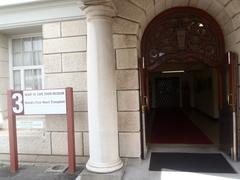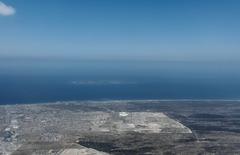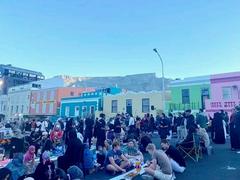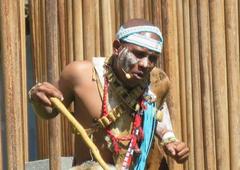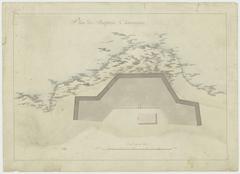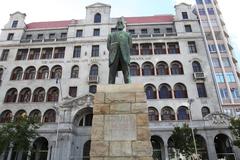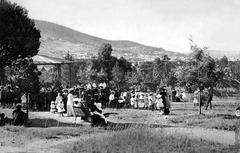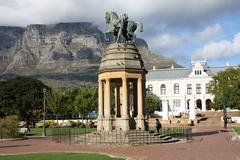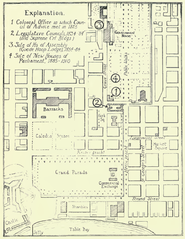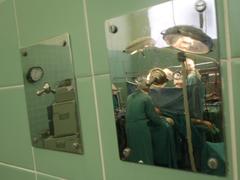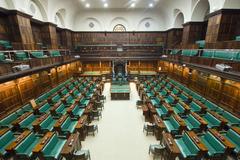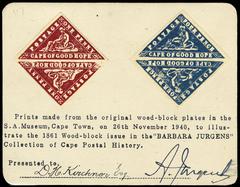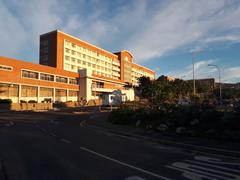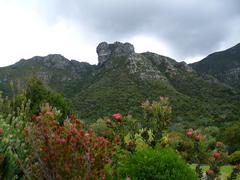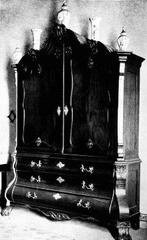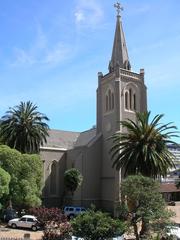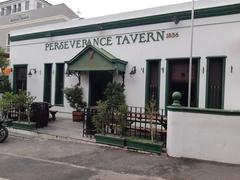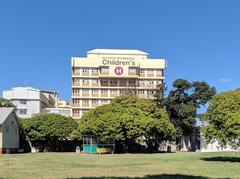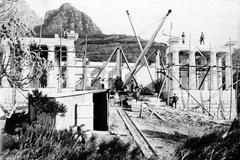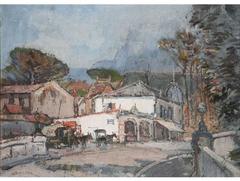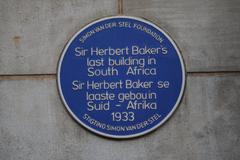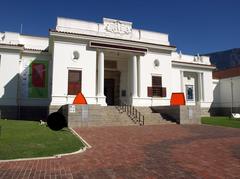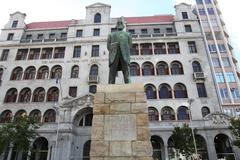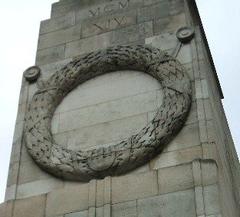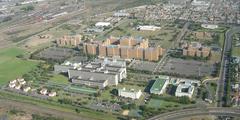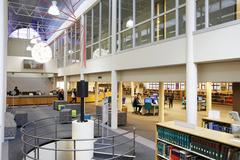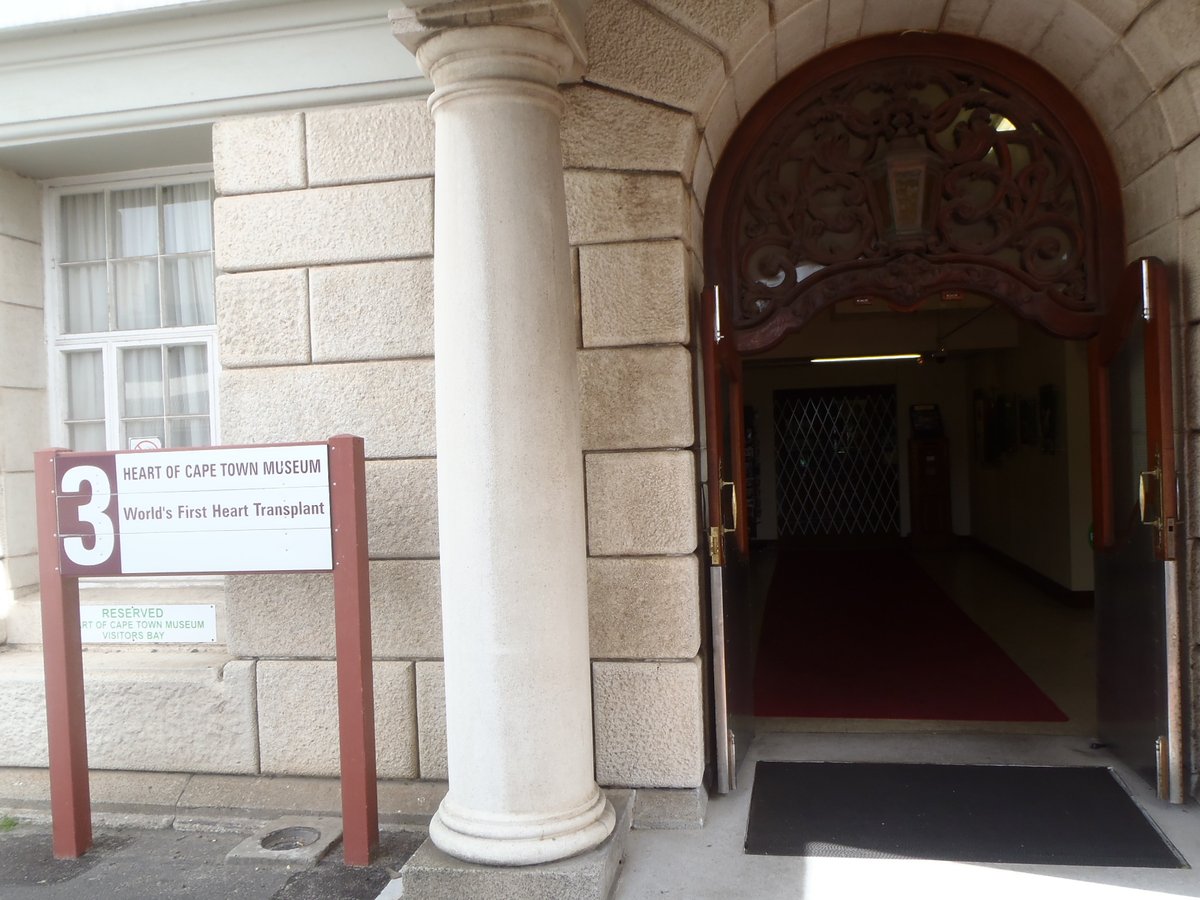
The Heart of Cape Town Museum: Visiting Hours, Tickets, and Visitor Guide
Date: 14/06/2025
Introduction: The Museum’s History and Global Significance
Nestled within the historic Groote Schuur Hospital, the Heart of Cape Town Museum stands as a testament to one of medicine’s greatest milestones: the world’s first successful human heart transplant. On December 3, 1967, Dr. Christiaan Barnard and his team performed a procedure that forever changed the field of cardiac surgery, transplanting the heart of 25-year-old Denise Darvall into Louis Washkansky. This event not only marked a turning point in medical history but also sparked ongoing debates around ethics, innovation, and human courage. The museum preserves the original operating theatres and offers immersive exhibits, contextualizing the surgery within the apartheid era and exploring its social, scientific, and ethical dimensions. Whether you are a medical enthusiast or a traveler interested in Cape Town’s rich history, the museum provides an engaging experience. For further details, including visiting hours and virtual tours, consult the museum’s official resources (health.uct.ac.za, heartofcapetown.co.za, sahistory.org.za).
Table of Contents
- Introduction
- Historical Background
- Visiting the Museum
- Exhibits and Highlights
- Nearby Attractions
- Visuals and Media
- Frequently Asked Questions (FAQ)
- Current Challenges and Future Prospects
- Conclusion and Call to Action
Historical Background
Origins of the World’s First Human Heart Transplant
On December 3, 1967, Groote Schuur Hospital became the epicenter of medical innovation when Dr. Christiaan Barnard led the world’s first successful human-to-human heart transplant (health.uct.ac.za; scielo.org.za). Barnard, who completed his medical training at the University of Cape Town and further specialized in the US, established a robust cardiac surgery program by the late 1950s. Advances in open-heart surgery, organ preservation, and immunosuppressive therapy set the stage for this groundbreaking achievement (pubmed.ncbi.nlm.nih.gov).
Chain of Events Leading to the Transplant
The transplant’s story began with a tragic accident involving Denise Darvall and her mother, resulting in Denise being declared brain dead—a controversial concept at the time. Her heart was donated to Louis Washkansky, a patient with end-stage heart failure. The operation, lasting about five hours, involved a large team of specialists (sahistory.org.za).
The Operation and Its Immediate Aftermath
Washkansky’s new heart functioned well, but he died 18 days later from pneumonia, a complication of immunosuppression. Despite his short survival, the operation was hailed worldwide as a medical miracle, capturing public imagination and spotlighting the potential of transplant medicine (pubmed.ncbi.nlm.nih.gov; scielo.org.za).
The Team and Their Contributions
While Barnard is the most recognized figure, the procedure was a collaborative triumph involving surgeons, nurses, anesthetists, and technicians. The museum’s exhibits honor all contributors, showcasing the teamwork and innovation central to the operation (health.uct.ac.za; insideguide.co.za).
Medical and Ethical Milestones
The transplant prompted international debate about organ donation, brain death, and medical ethics. Barnard and his team continued to refine surgical techniques, develop new transplantation methods, and contribute to global discussions on bioethics (pubmed.ncbi.nlm.nih.gov).
Impact and Legacy
Subsequent heart transplants at Groote Schuur Hospital saw improved survival rates—by 2017, over 537 transplants had been performed, with significantly better outcomes. The 50th anniversary in 2017 reaffirmed the operation’s enduring legacy in global medicine (scielo.org.za).
Visiting the Heart of Cape Town Museum
Location and Access
- Address: Groote Schuur Hospital, Main Road, Observatory, Cape Town, South Africa.
- Getting There: The museum is accessible by car, taxi, and public transport. Parking is available on-site, and several bus routes serve the area.
Visiting Hours
- Monday to Friday: 9:00 AM – 4:00 PM
- Saturday: By appointment (check the official website for availability)
- Sunday & Public Holidays: Closed
Note: Guided tours are scheduled throughout the day. Booking ahead is essential, especially during peak tourist periods.
Tickets and Booking
- Adults: ZAR 150
- Students & Seniors: ZAR 75–100
- Children under 12: Free (note that the museum is recommended for visitors 12 years and older due to medical content)
Group rates and school visits are available by prior arrangement. Purchase tickets online via the official Heart of Cape Town Museum website or at the reception if space allows.
Guided Tours
All visits are by guided tour, typically lasting 1.5 to 2 hours. Knowledgeable staff—often with medical backgrounds—lead visitors through restored operating theatres, Barnard’s office, the ICU, and more, providing rich context and answering questions. Tours are in English, with other languages available upon request if arranged in advance.
Accessibility
- The museum is wheelchair accessible. Ramps and lifts are available.
- Visitors with specific needs should contact the museum in advance to ensure the best experience.
Visitor Tips
- Wear comfortable shoes; the tour requires walking and standing.
- Photography is allowed in most areas (check for flash restrictions).
- Plan extra time to explore nearby attractions or relax on the hospital grounds.
Exhibits and Highlights
- Restored Operating Theatres 2A and 2B: See where the first transplant happened, preserved in its 1967 state.
- Original Surgical Equipment: View the heart-lung machine, surgical instruments, and other authentic tools.
- Recreation of Barnard’s Office: Personal artifacts and memorabilia bring the story to life.
- Donor and Recipient Exhibits: Learn about Denise Darvall and Louis Washkansky through personal items and archival materials.
- Multimedia Presentations: Documentaries and interactive displays explore the science and ethics of transplantation.
- International Response: Original telegrams and letters highlight the global reaction to the transplant.
Nearby Attractions
Enhance your visit by exploring other Cape Town historical sites nearby:
- Rhodes Memorial: Panoramic city views.
- South African Astronomical Observatory.
- District Six Museum and Castle of Good Hope: For broader historical context.
- University of Cape Town campus and local cafes in Observatory.
Visuals and Media
Capture your experience with photos of:
- The original operating theatre and equipment (alt text: “Photo of Operating Theatre 2A at Heart of Cape Town Museum showcasing original surgical equipment”).
- Barnard’s office recreation (“Recreation of Professor Christiaan Barnard’s office with his original desk”).
- The preserved hearts display (“Visitors viewing preserved hearts displayed in glass cubes”).
The museum’s website hosts a virtual tour and gallery of images for further exploration.
Frequently Asked Questions (FAQ)
Q: What are the museum’s visiting hours?
A: Monday to Friday, 9:00 AM to 4:00 PM. Check the website for Saturday appointments.
Q: How do I book tickets?
A: Book online via the official website or contact the museum directly.
Q: Is the museum wheelchair accessible?
A: Yes, with advance notice for assistance.
Q: Are tours available in languages other than English?
A: Yes, with prior arrangement.
Q: Is photography allowed?
A: Yes, in most areas—observe any flash restrictions.
Q: What if the lease expires?
A: As of June 2025, the museum remains open. Check the website for updates due to possible relocation or changes in access (IOL News).
Current Challenges and Future Prospects
As of June 2025, the museum faces uncertainty due to the impending expiry of its lease with Groote Schuur Hospital. The Facility Board has stated it will not renew the lease, despite the museum’s Provincial Heritage Site status. The curator and heritage advocates are exploring negotiations, possible relocation, or partnerships to preserve the collection and its authentic context (IOL News).
Opportunities:
- Negotiation for lease extension.
- Community and heritage organization advocacy.
- Relocation to alternate sites, such as the Dr. Chris Barnard Museum in Beaufort West.
- Expansion of digital and virtual offerings for global audiences.
Conclusion and Call to Action
A visit to the Heart of Cape Town Museum is a journey through courage, innovation, and the ethical frontiers of medicine. It is an opportunity to connect with a defining moment in global history and appreciate the human stories at its core. Book your guided tour, immerse yourself in the exhibits, and reflect on the legacy of transplantation medicine.
To enhance your visit, download the Audiala app for audio guides, maps, and updates on Cape Town’s historical sites. Follow the museum and Audiala on social media for news about special events and future developments.
For additional information and to secure your booking, visit the Heart of Cape Town Museum official website.
References
- First Human Heart Transplant History, University of Cape Town Health Sciences
- The Heart of Cape Town Museum About
- Dr Chris Barnard Performs World’s First Human Heart Transplant, South African History Online
- Ethical and Medical Milestones in Heart Transplantation, PubMed
- The Impact of the First Heart Transplant, South African Medical Journal
- Fate of Barnard’s Heart Museum at Groote Schuur in the Balance, IOL News
- Selamta Magazine - The Heart of Cape Town
- Cape Town Etc - Christiaan Barnard: The Heart of Cape Town’s History
- BBC Travel - Cape Town’s Inspiring Medical Marvel
